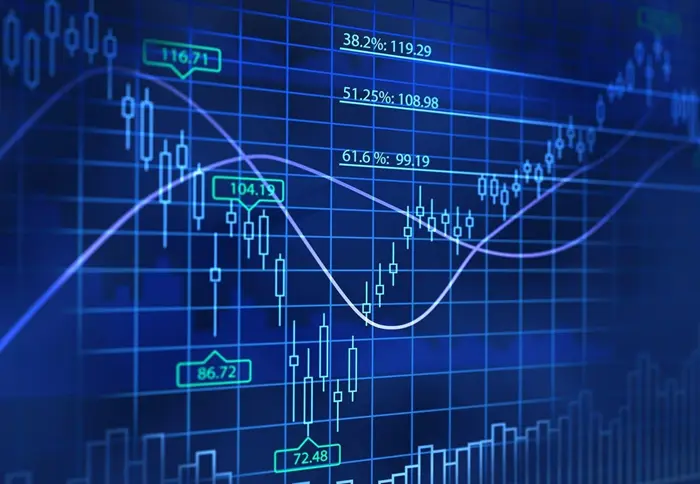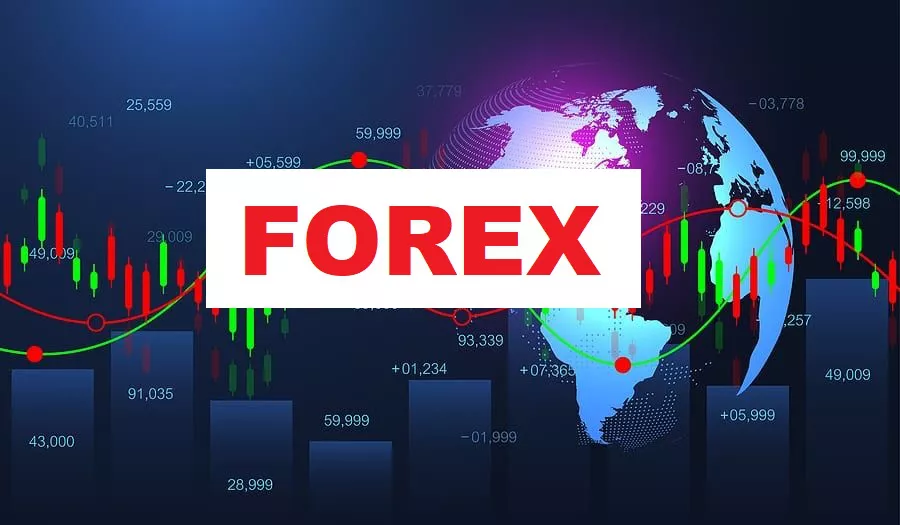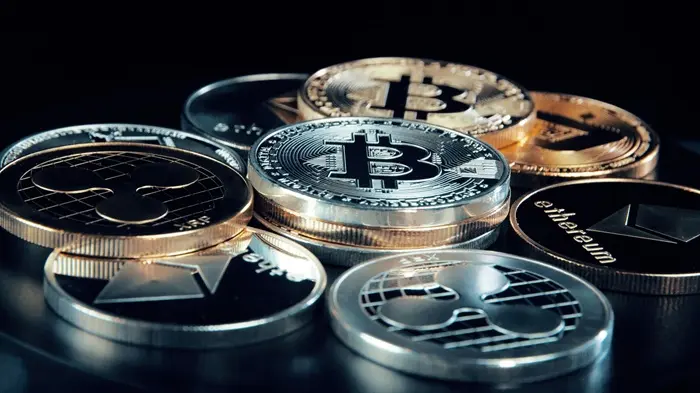The United States Dollar (USD) is the world’s primary reserve currency and the most widely used currency in international trade and finance. Its dominance in the global economy raises an important question: What backs the USD? Unlike currencies in the past that were backed by physical commodities like gold, the USD operates under a different system today. In this article, we will explore what backs the USD, the evolution of its backing, and the factors that contribute to its strength and stability. We will also discuss the implications of the USD’s backing for the global economy and financial markets.
The Evolution of the USD’s Backing
To understand what backs the USD today, it’s essential to look at the historical context and how the backing of the USD has evolved over time.
The Gold Standard Era
Overview: The gold standard was a monetary system where a country’s currency or paper money had a value directly linked to gold.
How It Worked: Under the gold standard, countries agreed to convert paper money into a fixed amount of gold. This system provided a stable exchange rate and limited the ability of governments to print money indiscriminately.
The USD and the Gold Standard: The United States adopted the gold standard in the 19th century. The Gold Standard Act of 1900 officially established gold as the sole standard for redeeming paper money. The USD was pegged to a specific amount of gold, and the U.S. Treasury held gold reserves to back the currency.
The Bretton Woods System
Overview: The Bretton Woods system was established in 1944 to create a new international monetary order after World War II.
How It Worked: Under the Bretton Woods system, the USD was pegged to gold at a fixed rate of $35 per ounce, and other currencies were pegged to the USD. This system created a fixed exchange rate regime and established the USD as the world’s primary reserve currency.
The End of the Bretton Woods System: The Bretton Woods system collapsed in 1971 when President Richard Nixon announced that the United States would no longer convert USD to gold at the fixed rate. This event, known as the “Nixon Shock,” marked the end of the gold standard and the beginning of the fiat currency system.
The Fiat Currency System
Overview: A fiat currency is a government-issued currency that is not backed by a physical commodity like gold or silver.
How It Works: The value of a fiat currency is derived from the relationship between supply and demand and the stability of the issuing government. Fiat money is declared legal tender by the government, and its value is maintained through monetary policy and economic stability.
The USD as a Fiat Currency: Since the end of the gold standard, the USD has operated as a fiat currency. Its value is not backed by physical commodities but by the economic strength and stability of the United States.
What Backs the USD Today?
In the modern fiat currency system, the USD is backed by several key factors that contribute to its value and stability.
1. Economic Strength and Stability
Overview: The United States has one of the largest and most stable economies in the world.
Key Indicators:
Gross Domestic Product (GDP): The U.S. GDP is the largest in the world, reflecting the country’s economic output and productivity.
Diverse Economy: The U.S. economy is highly diversified, with strong sectors in technology, finance, healthcare, manufacturing, and more.
Innovation and Entrepreneurship: The U.S. is a global leader in innovation and entrepreneurship, driving economic growth and competitiveness.
Impact on the USD: The economic strength and stability of the United States underpin the value of the USD. Investors and governments around the world have confidence in the U.S. economy, making the USD a safe and reliable currency.
2. Political Stability and Governance
Overview: The United States has a stable political system and strong governance.
Key Factors:
Democratic Institutions: The U.S. has well-established democratic institutions that ensure political stability and the rule of law.
Transparency and Accountability: The U.S. government operates with a high degree of transparency and accountability, fostering trust and confidence.
Military Power: The U.S. has the most powerful military in the world, providing security and stability both domestically and internationally.
Impact on the USD: Political stability and strong governance contribute to the confidence in the USD. Investors and governments are more likely to hold and use a currency issued by a stable and well-governed country.
3. Monetary Policy and the Federal Reserve
Overview: The Federal Reserve (Fed) is the central bank of the United States and plays a crucial role in maintaining the value of the USD.
Key Functions:
Monetary Policy: The Fed implements monetary policy to control inflation, manage interest rates, and stabilize the economy.
Currency Issuance: The Fed is responsible for issuing and regulating the supply of USD.
Financial Stability: The Fed oversees the stability of the financial system and acts as a lender of last resort during financial crises.
Impact on the USD: The Fed’s effective monetary policy and oversight contribute to the stability and value of the USD. The Fed’s actions influence interest rates, inflation, and economic growth, all of which affect the USD’s strength.
4. Global Reserve Currency Status
Overview: The USD is the world’s primary reserve currency, held by central banks and financial institutions around the world.
Key Factors:
International Trade: The USD is widely used in international trade, with many commodities, such as oil, priced in USD.
Foreign Exchange Reserves: Central banks hold significant amounts of USD as part of their foreign exchange reserves.
Financial Markets: The USD is the dominant currency in global financial markets, including forex, bonds, and derivatives.
Impact on the USD: The USD’s status as the global reserve currency reinforces its value and demand. The widespread use of the USD in international trade and finance creates a self-reinforcing cycle of demand and stability.
5. Trust and Confidence
Overview: Trust and confidence are intangible but critical factors that back the USD.
Key Factors:
Historical Stability: The USD has a long history of stability and reliability, dating back to the gold standard era.
Global Acceptance: The USD is widely accepted and trusted by individuals, businesses, and governments around the world.
Safe-Haven Status: During times of economic uncertainty, investors flock to the USD as a safe-haven asset.
Impact on the USD: Trust and confidence in the USD contribute to its value and demand. The perception of the USD as a stable and reliable currency reinforces its role as the world’s primary reserve currency.
Implications for the Global Economy
The backing of the USD has significant implications for the global economy and financial markets.
1. Global Trade and Finance
Overview: The USD’s dominance in global trade and finance facilitates international transactions and economic integration.
Key Implications:
Trade Facilitation: The use of the USD as a common currency simplifies international trade and reduces transaction costs.
Financial Stability: The USD’s stability contributes to global financial stability, as it provides a reliable medium of exchange and store of value.
Economic Influence: The U.S. has significant influence over global economic policies and financial markets due to the USD’s central role.
2. Exchange Rate Dynamics
Overview: The value of the USD affects exchange rates and the competitiveness of other currencies.
Key Implications:
Currency Pegs: Some countries peg their currencies to the USD to maintain stability and attract investment.
Exchange Rate Volatility: Changes in the value of the USD can lead to exchange rate volatility, impacting global trade and investment.
Trade Balances: The strength of the USD affects the trade balances of other countries, as a strong USD can make exports more expensive and imports cheaper.
3. Monetary Policy Transmission
Overview: The Fed’s monetary policy has global implications due to the USD’s central role in the global economy.
Key Implications:
Interest Rates: Changes in U.S. interest rates influence global interest rates and capital flows.
Inflation: The Fed’s monetary policy affects global inflation through its impact on commodity prices and exchange rates.
Financial Markets: The Fed’s actions influence global financial markets, including stock, bond, and forex markets.
4. Geopolitical Influence
Overview: The USD’s dominance provides the U.S. with significant geopolitical influence.
Key Implications:
Sanctions and Economic Power: The U.S. can use its control over the USD to impose economic sanctions and exert influence over other countries.
Global Governance: The U.S. plays a central role in global economic governance, including institutions like the International Monetary Fund (IMF) and World Bank.
Diplomatic Leverage: The USD’s role in global finance provides the U.S. with diplomatic leverage in international negotiations and conflicts.
Conclusion
The USD is backed by a combination of economic strength, political stability, effective monetary policy, global reserve currency status, and trust and confidence. Unlike currencies in the past that were backed by physical commodities like gold, the USD operates under a fiat currency system where its value is derived from the stability and strength of the United States.
The backing of the USD has significant implications for the global economy, influencing global trade, exchange rates, monetary policy transmission, and geopolitical dynamics. As the world’s primary reserve currency, the USD plays a central role in the global financial system, and its stability and reliability are crucial for global economic stability.
Understanding what backs the USD provides valuable insights into the functioning of the global economy and the factors that contribute to the strength and stability of the world’s most important currency. As the global economic landscape continues to evolve, the backing of the USD will remain a critical factor in shaping the future of international finance and trade.
Related topics:
































